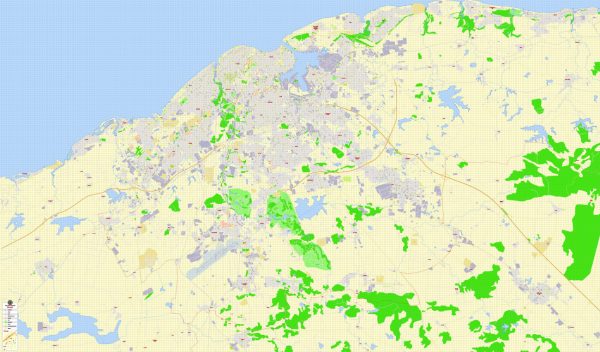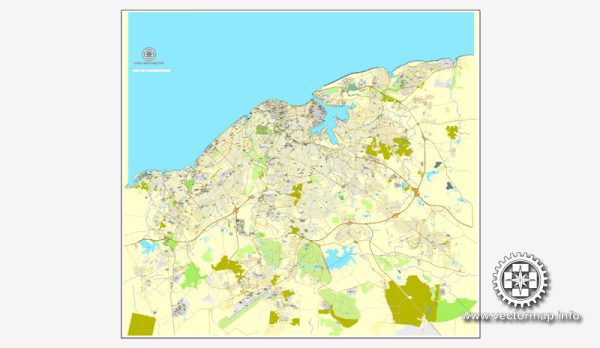Havana, the capital of Cuba, is a city with a rich and colorful history. Its history is closely intertwined with the broader history of the island nation. Here’s a brief description of the history of Havana, Cuba:
- Early History: Havana was founded by the Spanish in the early 16th century, with the establishment of a settlement in 1514. It became an important port for Spanish galleons, serving as a stopover point for ships traveling between the Old World (Europe) and the New World (the Americas). The city’s natural harbor, which is one of the best in the Caribbean, made it a strategic location for Spanish colonial interests.
- Colonial Era: Havana thrived as a center of Spanish colonial power, with its architecture and infrastructure reflecting the wealth and influence of the Spanish Empire. The city became a hub for trade, including the exchange of goods, slaves, and cultural influences between Europe, Africa, and the Americas.
- Pirate Attacks: In the 17th century, Havana was frequently targeted by pirates and buccaneers. The city was heavily fortified to protect it from these attacks, and some of these fortifications, like the Castillo de la Real Fuerza and the Morro Castle, are still standing today.
- Independence and Revolution: In the 19th and early 20th centuries, Cuba struggled for independence from Spanish colonial rule. The Cuban War of Independence (1895-1898) ultimately led to the end of Spanish rule. After the Spanish-American War in 1898, Cuba was ceded to the United States and became a U.S. protectorate.
- Republic of Cuba: Cuba gained independence from the United States in 1902, and Havana became the capital of the newly established Republic of Cuba. The city continued to develop and modernize.
- Revolution and the Cold War: Havana was at the center of the Cuban Revolution led by Fidel Castro, which culminated in the overthrow of dictator Fulgencio Batista in 1959. The revolution marked a significant shift in the country’s political and economic landscape, with Cuba aligning itself with the Soviet Union during the Cold War. The U.S. embargo on Cuba further shaped Havana’s history during this period.
- Contemporary Havana: Havana is known for its historic architecture, vibrant culture, and unique blend of Spanish, African, and Caribbean influences. The city’s historic center, Old Havana (La Habana Vieja), is a UNESCO World Heritage site and has undergone extensive restoration efforts. The city is famous for its music, dance, art, and vibrant street life.
Havana’s history is a reflection of the complex forces that have shaped Cuba over the centuries, from Spanish colonization and pirate attacks to revolution and the challenges of the Cold War. The city remains a fascinating destination for travelers interested in exploring its history, culture, and architecture.



 Author: Kirill Shrayber, Ph.D.
Author: Kirill Shrayber, Ph.D.